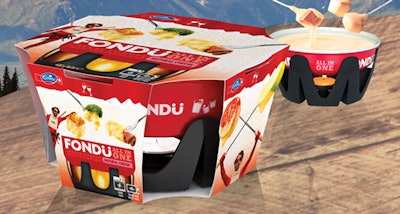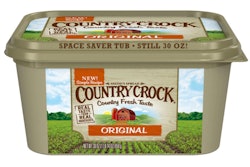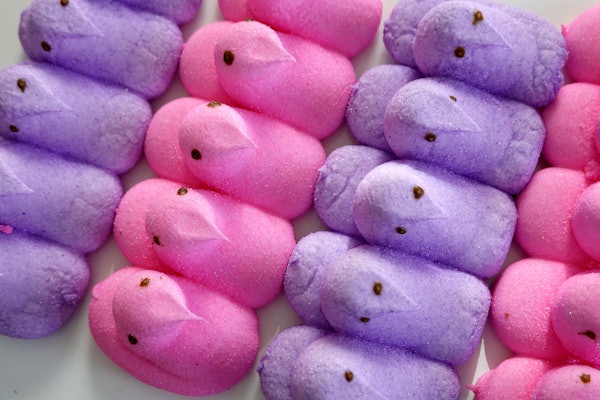Convenience and fun are the hallmarks of a new package for an All-in-One cheese fondue from Switzerland’s Emmi. The 400-g portions in a deep-drawn microwavable steel can are currently available only in Europe. But the firm tested the concept in select Safeway stores in the U.S., where it was a big hit. So it’s only a matter of time—on the list of things to do is the installation of a new high-volume filling and packaging line—before the ready-to-heat-and-eat cheese fondue is making its way from Emmi’s plant near the Swiss capital of Bern to store shelves in the U.S.
According to Emmi’s Project and Engineering Leader Andre Zaugg, everything about this launch says this is not your father’s fondue. “Hot cheese fondue has always been promoted with a very traditional and predictable Swiss mountain look,” says Zaugg. “Here the idea is to go for more of a contemporary, fun, party approach. This fondue package is saying that inside every consumer is a fun dude, like the ninja type character in the package graphics. We’re changing the story to a party and fun moment instead of the more traditional approach that had traditionally been taken.”
The All-in-One approach is the key. Traditionally the consumer needs to own a container in which to heat the fondue, a holder to support the container over the source of heat, and the source of heat, which is usually a candle. With Emmi’s new launch, all these components—a microwavable steel can of cheese, a holder on which the can rests when it comes out of the microwave oven, and a candle—are conveniently enclosed in the package. The only thing needed is the veggie, or fruit, or bread for dipping into the warm cheese.
The steel can and its seamed-on end are supplied by Ardagh. So is the lid, which is a steel ring to which is heat-sealed an aluminum easy-open membrane. Emmi fills the cheese fondue and sends the can into a seaming machine. Zaugg says the equipment currently used was adequate enough to get the concept launched and tested, but a new line now being researched and specified will optimize the entire packaging process behind the novel concept, including application of the paperboard sleeve around the product components.
Zaugg says the Ardagh can, which weighs 60 g empty, is ordinary enough for the most part. But the inside coating had to be selected rather carefully. “The cheese is very aggressive, so we had to be sure that the inner coating we picked is suitably resistant to sour and salty components that go into the cheese,” says Zaugg. “Also important is that the coating not break during the deep draw process.”
The black piece that holds the can of fondue over the candle is sourced from China. Injection molded of polypropylene, it includes bits of silicone at the points where it touches the steel can. “The can is slippery,” Zaugg explains, “and when you are stirring the cheese you have to ensure that the bowl stays motionless in its holder. The silicone helps in this regard.”
Shelf life on the product is six months, and it sells for about 10 Euro. The novel package is among the finalists in NL Packaging Awards, a brand new awards competition sponsored by Verpakkingsmanagement and Verpakken, the leading packaging magazines in The Netherlands.
Can maker Ardagh notes that this innovative package evolved out of work done by a group of students at the Dutch University of Twente. Their original designs were further developed by food packaging and engineering consultants DeDutch, which brought the concept to Emmi.




















